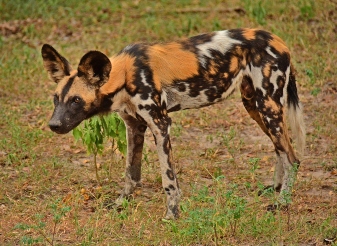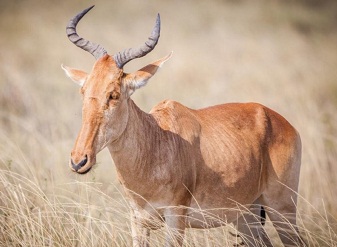Elephant ( Loxodonta Africana )
Nyerere National Park is home to the largest concentration of elephants in Africa, with half of all Tanzanian elephants living here. The African Elephant is an intelligent, sociable and familial animal, and despite the threat it attracts due to its Ivory, the great news is that numbers are up in Nyerere over the last couple of years. African Elephants are the world's largest land animals, weighing up to (6.6 tons). Read more about the African Elephant here.




















